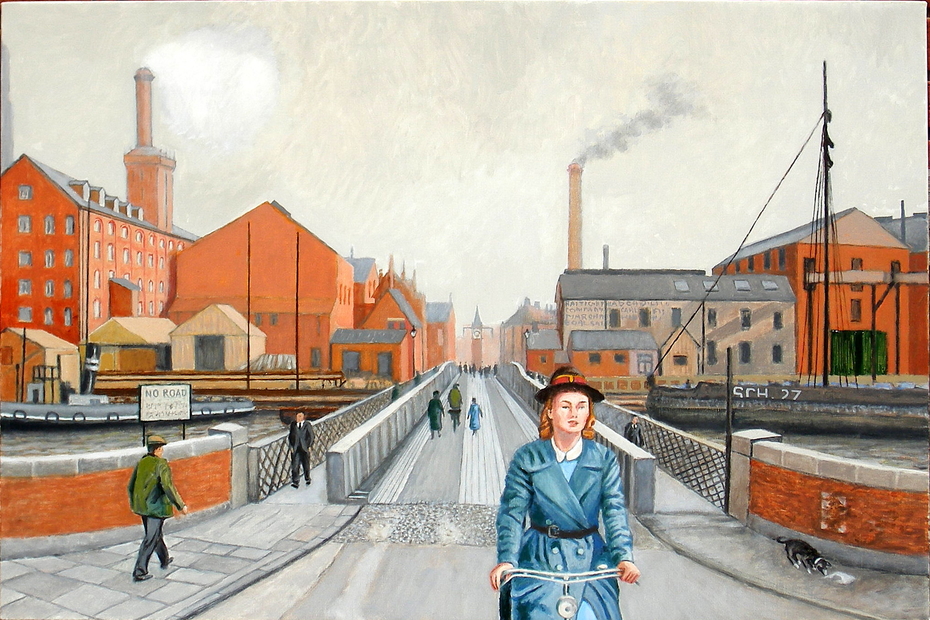
Tags
Loading...
Select from existing tags
Midwife heading towards the West Marsh circa 1920 2014
oil on linen , 71 x 107 cm
[br]
This painting depicts a midwife riding a bicycle set against an industrial townscape of the 1920s. Like delivery boys, midwives have recently become icons of popular culture in Britain. The composition was based on an old documentary, black and white photograph. The midwife has just crossed the old Corporation swing bridge that spanned the ...
- Credit:
- All rights reserved. Exhibited on USEUM with the permission of the rights owner.
More from this artist...
Loading...







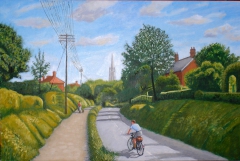
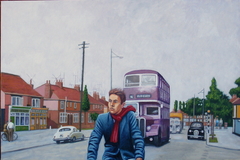
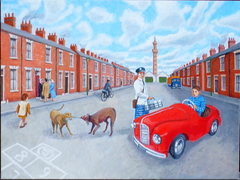
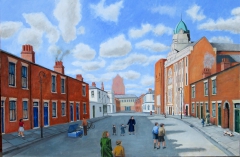
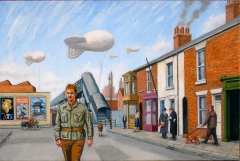
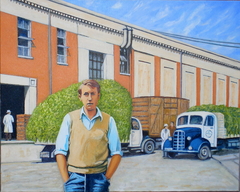
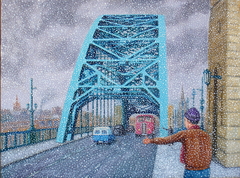
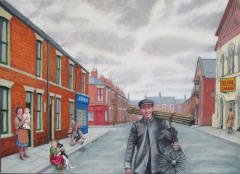
Discussion